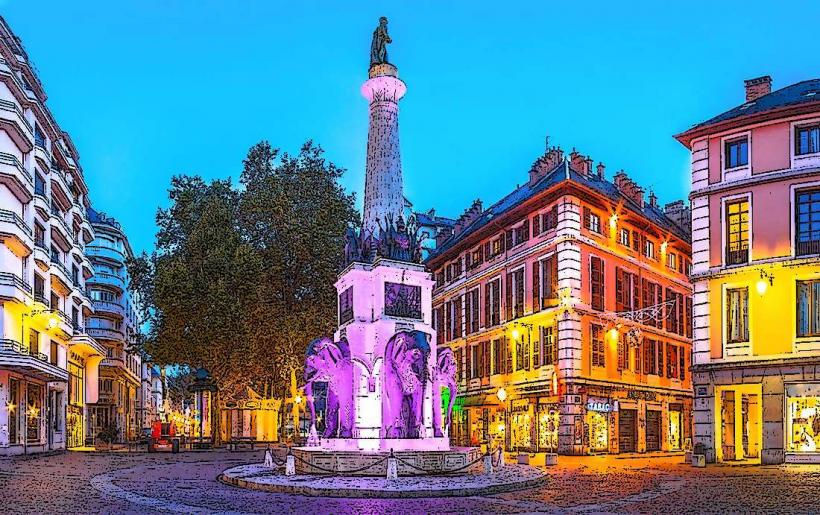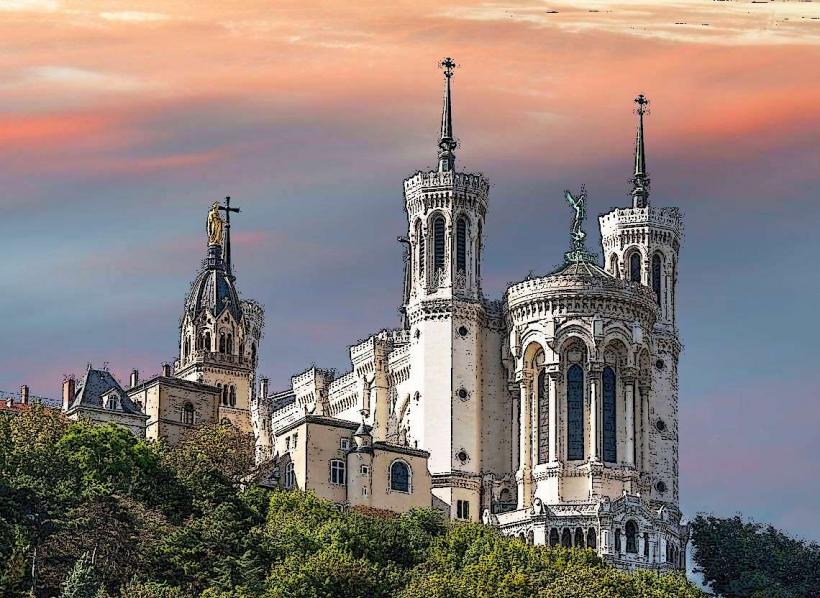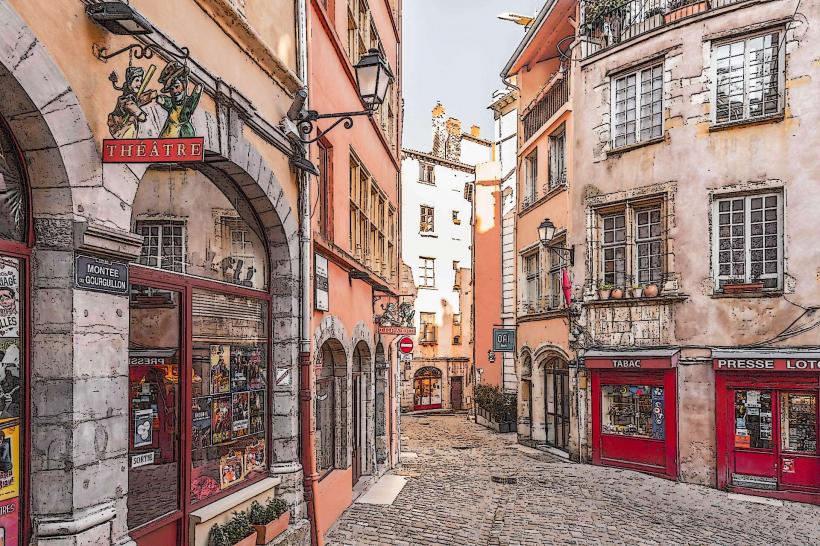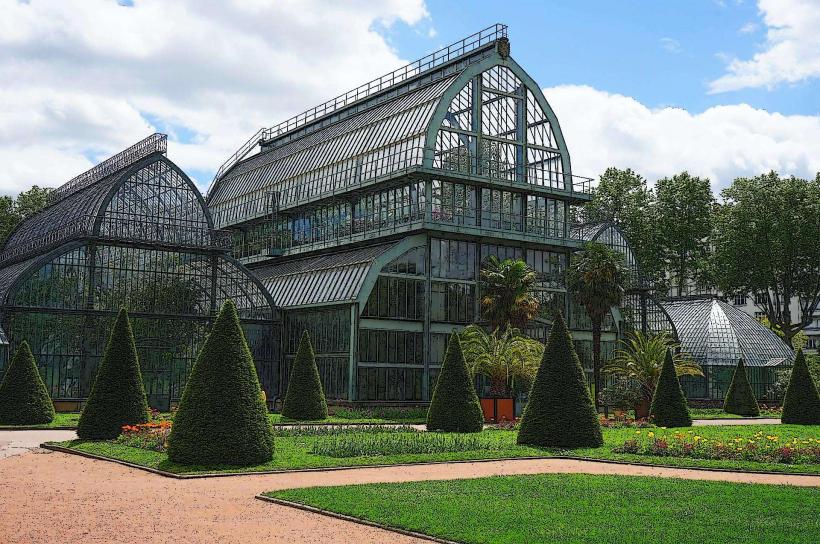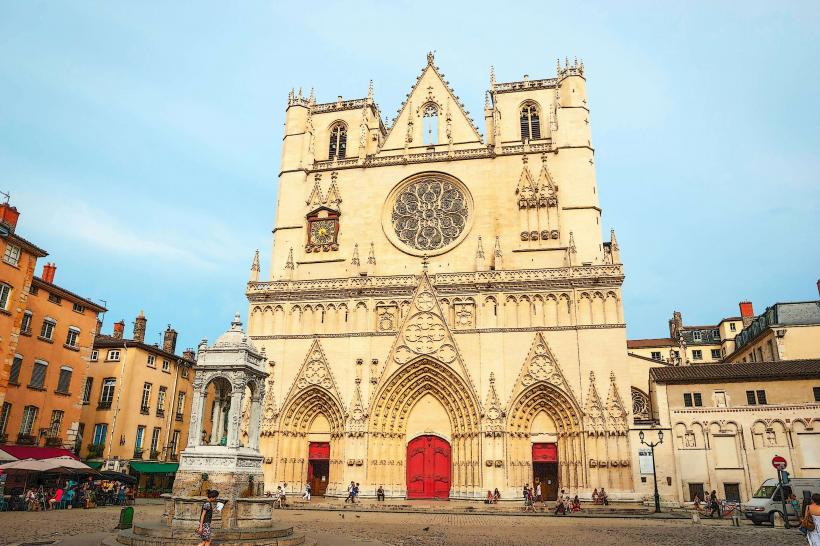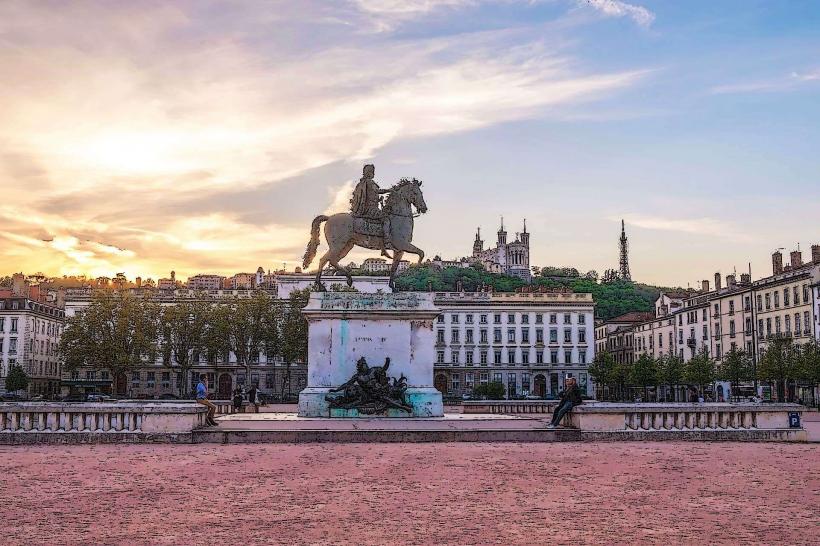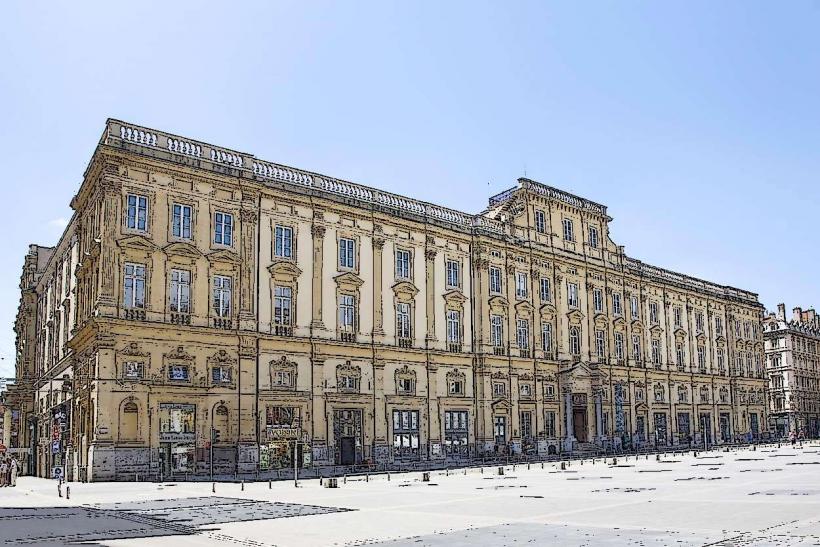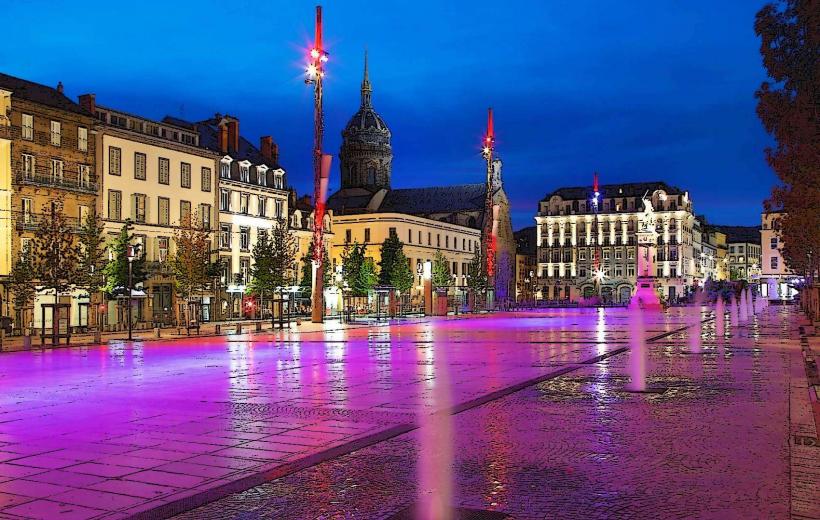Information
Landmark: Chateau de ChamberyCity: Lyon
Country: France
Continent: Europe
The Château de Chambéry is a historic castle located in the city of Chambéry, in the Savoie region of southeastern France. Nestled at the foot of the Chartreuse Mountains, this fortress has played an important role in the region’s history, serving as the residence of the Counts of Savoy and later as the administrative center of the Duchy of Savoy.
Key Features of Château de Chambéry:
1. Historical Significance
- The Château de Chambéry dates back to the 13th century, with significant expansions and renovations carried out over the centuries. It was originally built by the Counts of Savoy, and later became the residence of the Dukes of Savoy after the region’s elevation to a duchy.
- The castle played a central role in the history of the House of Savoy, which later became the ruling family of Italy. Chambéry served as the capital of the Duchy of Savoy until 1563 when the capital was moved to Turin.
- Over the years, the château has undergone various transformations, from a medieval fortress to a Renaissance palace, and later as a symbol of the region's political and cultural heritage.
2. Architecture
- The Château de Chambéry is a blend of different architectural styles, reflecting the periods of construction and renovation it has undergone. The castle includes elements of medieval, Renaissance, and Baroque architecture, making it an interesting example of historical building evolution.
- The most iconic feature of the château is the "Golden Gateway" (Porte Dorée), an ornate Renaissance-style archway that marks the entrance to the castle. The gateway is adorned with the coat of arms of the House of Savoy, showcasing its significance in the region's history.
- Inside, the castle features grand halls, courtyards, and ornate rooms, with some sections offering a glimpse into the aristocratic lifestyle of the past.
3. The Savoyard Residence
- The château was not only a military stronghold but also a lavish residence for the Dukes of Savoy. The interior of the castle contains several rooms that reflect the grandeur of this noble family, including the Duchess’s Apartments and the State Rooms.
- One of the most famous rooms is the Duke’s Hall (Salle des États), which was used for important meetings and ceremonies during the time of the Duchy of Savoy. This large, beautifully decorated hall was used for the meetings of the Savoy parliament.
4. The Chamber of the Dukes of Savoy
- The Chamber of the Dukes of Savoy (Chambre des Ducs de Savoie) is a particularly significant room within the castle, featuring the famous "St. Francis' Chapel". This room is where important ceremonial events were held, and its artwork and decor reflect the Renaissance period of the duchy.
- The room is adorned with portraits of the Dukes of Savoy, as well as sculptures and intricate carvings.
5. The Castles' Connection to the House of Savoy
- The House of Savoy, one of Europe’s oldest ruling families, has close ties to the château. The family ruled over the Duchy of Savoy, and later the Kingdom of Italy. The château is a symbol of this powerful dynasty.
- In the 19th century, the château's role as a royal residence diminished as the Savoy dynasty moved to Turin, which became the capital of the Kingdom of Sardinia and later the Kingdom of Italy.
6. The "Room of the States"
- The Salle des États (Room of the States) is an important part of the castle, where the Savoy Parliament met. It is adorned with Renaissance frescoes, and its large windows provide sweeping views of the surrounding city and mountains. The room was used for state affairs and official meetings, showcasing the political significance of the château.
7. Modern Use and Museum
- Today, the Château de Chambéry houses the Museum of Savoie (Musée de Savoie), which showcases the history of the region, including its prehistoric, medieval, and Renaissance periods. The museum offers exhibits on local culture, art, and history, giving visitors insight into the region's rich heritage.
- The castle also hosts temporary exhibitions and cultural events, making it a lively cultural hub within the city of Chambéry.
8. Surrounding Gardens and Grounds
- The castle is set within lush gardens and grounds, providing a tranquil environment for visitors to explore. The domaine (estate) surrounding the château includes beautifully manicured gardens, which are perfect for a leisurely stroll while enjoying views of the Chartreuse Mountains in the background.
- The gardens reflect the classical French style, with well-maintained paths, fountains, and seasonal flowers that add to the charm of the site.
9. Connection to Other Savoie Landmarks
- The château is centrally located in the city of Chambéry, and from here, visitors can easily explore other nearby landmarks, including Place du Palais de Justice, Chambéry Old Town, and the Fountain of Elephants (Fontaine des Éléphants), which is another iconic symbol of the city.
- Chambéry itself is a charming city with a well-preserved historic center that complements the grandeur of the Château de Chambéry, making it a fascinating destination for history buffs and culture enthusiasts alike.
Conclusion
The Château de Chambéry is a remarkable piece of history, offering visitors a chance to explore the heritage of the House of Savoy and the evolution of Savoie as a region. Its architectural beauty, historical importance, and cultural significance make it a must-see landmark in Chambéry. Whether you're interested in exploring its historical rooms, admiring the views from its terraces, or learning about the history of the region, the château provides a unique and immersive experience into the past.

